garden grubs identification australia
These white C-shaped grubs are the larvae of the cockchafer beetle or African black beetle. They are white plump grow to about 3cm in size have three pairs of legs and a small orange head.

Curl Or Lawn Grubs Gardening With Angus
Black and hairy with 2 red knobs on the tail Spodoptera litura.

. In a garden bed this would be fine but in a pot these grubs eat all the food supply and then start on the roots. The large white C shaped grubs will then feed on decaying wood using strong mouth parts on its tiny orange head. It also causes conjunctivitis and rhinitis.
This family is one of the largest beetle families in the world with more than 2200 species native to Australia. There are four distinct stages. If it is 15-20 grubs then you have to consider it as an alarming situation and if not then the condition is still tolerable.
Curl Grubs are the larvae of beetles in the family Scarabaeidae ie. Aphids love to suck the sap from various plants and leaves. Soft bodied plump appearance.
White grubs could be of several scarab beetle species including Japanese beetles European chafer beetles masked chafer beetles green June beetles MayJune beetles Asiatic garden beetles and Oriental beetles. Grasses most susceptible to grub damage are bluegrass and creeping red fescue. The first type of lawn grub is the white curl grub.
The larvae go through three instars. There are many garden grubs but the main culprits are the European chafer the Oriental beetle the Japanese Beetle and the Asiatic garden beetle. Curl grubs are the larvae of different species of beetles including the African Black Beetle and the Christmas Beetle here in Australia.
A garden grub or lawn grub is the larva of a beetle such as the european chafer or japanese beetle. As they are not obviously visible unfortunately its often the damage which is. They are all uniquely different but their life cycle is the same approximately a year from egg to beetle.
Very pale cream coloured soft transparent body very plump almost cylindrical with segments not raised in three folds nice to the touch. If you want to know the risk in a calculative way then you have to figure out the number of worms per square foot. As the grubs feed on the lawn leaves and or the root system the lawn will develop visible brown patches.
In a stem twig branch trunk or the ground. Having a garden means you have to take care of it and beware of all kinds of pests. Walks in precession Coequosa triangularis.
The grass blue butterflys slug-like larvae feed on soybean leaves but also damage vegetative terminals. Make positive identification by examining their end segments and comparing your findings to reference photos if you are curious but treatment is the same for most species. The result can be a patchy brown lawn at best and at worst a muddy scruffy mess.
Carries the case around. After one to two weeks the eggs hatch and the grubs begin to feed until the fall. As you inspect your lawn to identify that grubs are present its important to know that a healthy lawn can easily support some grubs without the need for any type of treatment.
The eggs will pupate underground. Sparse or short hairs smooth or warty. Smooth dark brown 4 yellow spots on thorax Ochrogaster lunifer.
Maybe not be a caterpillar. You will notice the soil in pot will looked turned up. They all roughly look the same.
Around dusk and dawn increased bird activity could be a sign that lawn grubs are present. Asthma weed is a many-branched herb which grows year-round up to 60 centimetres tall. Green with 2 black knobs on its tail Theretra oldenlandiae.
Its stems are covered in dense curled hairs and leaves are green glossy and wedge-shaped. Research shows that damage will occur when grub populations exceed 6-10 grubs per square foot on bluegrass rye and fine fescue lawns and 8-15 grubs per square foot on tall fescue lawns. One thing that seems common between them all is that they are very big as grubs.
What Are the Signs of Grubs. Off white or dirty white in color with brown heads. Two to three centimetres in size.
Lives in a fixed shelter. Birds enjoy food and lawn grubs make a good meal. Commonly these grubs are wrongly identified as witchetty grubs when observed by home gardeners White curl grubs live beneath the soil surface and feed on the healthy roots of grass.
If you have Aphids youll notice yellow misshapen curling stunted leaves with the little green bugs on the undersides. Hoverfly larvae important aphid predators also have a slug-like appearance and are often misidentified as grass blue butterfly larvae. Lives in a borehole.
Egg larva pupa and adult. To determine the extent of the infestation dig and lift several sections of sod the size of one square foot by approximately three inches deep. Aside from damaging your garden when there is a serious grub worm infestation it will attract other animals or pests that feed on them making the problem even more serious.
Adult Japanese beetle females tunnel into the soil to lay eggs in July and August while European chafers do so in late June and July and June bugs lay in June. Made of silk or leaves or detritus. This is because aphids love to hide but leave a sticky substance around the place as they are often sipping sap.
Some grubs are a nocturnal species and will eat your lawn leaves during the night. Lawn grubs do not like sunlight and so usually stay in the soil below the surface of the lawn. Contact with asthma weed can cause severe skin reactions and its pollen causes asthma and hay fever.
The larvae of various scarab beetles are known by several common names including curl grubs white curl grubs and cockchafers. Severe terminal damage 25 can have a significant impact on yield. Grubs In Garden Identification pada tanggal Mei 05 2021 Dapatkan link.
Lives in a case. Most lawns can suffer a 10-15 stand reduction without a substantial loss in.

Healthy Lawns How To Detect Lawn Grubs About The Garden Magazine

Lawn Grub Prevention Detection Control Residential Landscaping
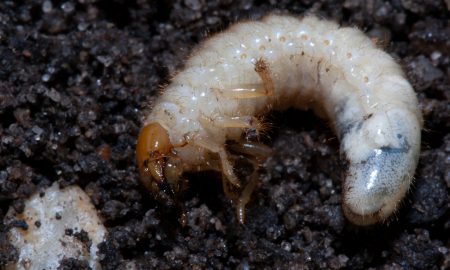
Yellowheaded Cockchafer Cesar Australia
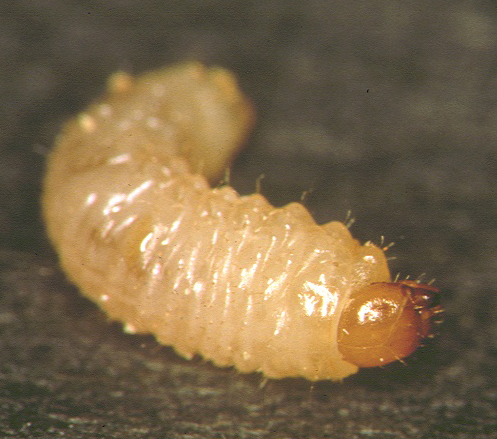
Identifying Soil Beetle Pests Agriculture And Food
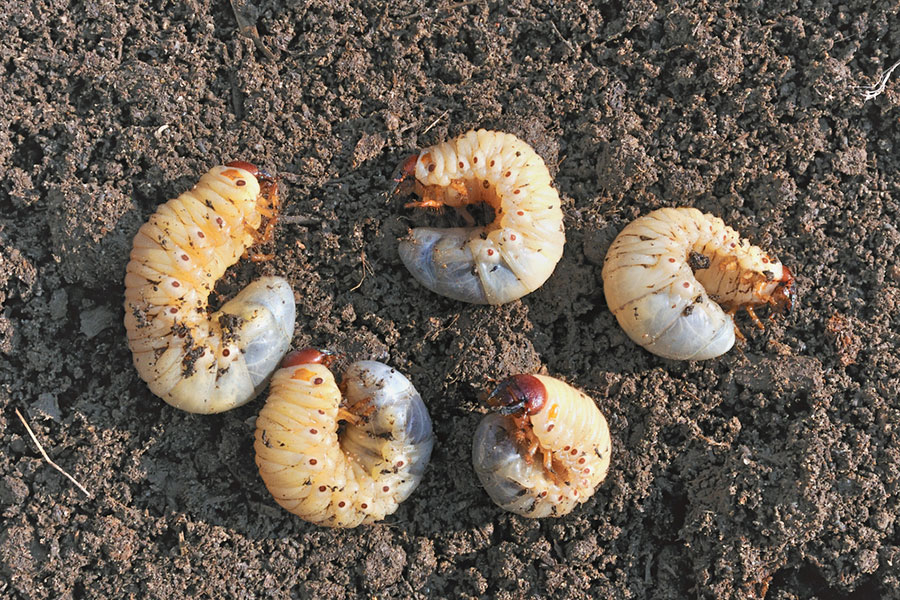
How To Identify Lawn Grubs Lawn Solutions Australia
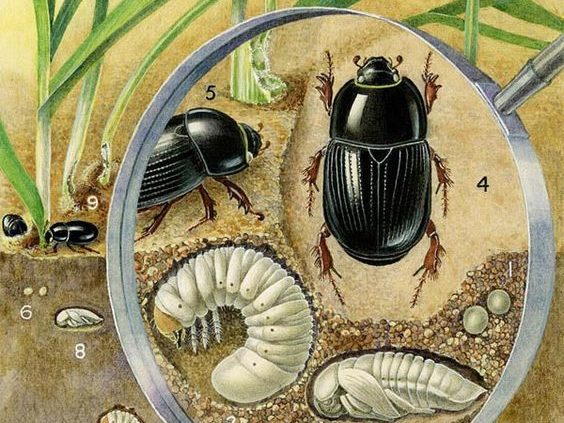
How To Control White Curl Grubs Cockchafers In Garden Beds And Lawns
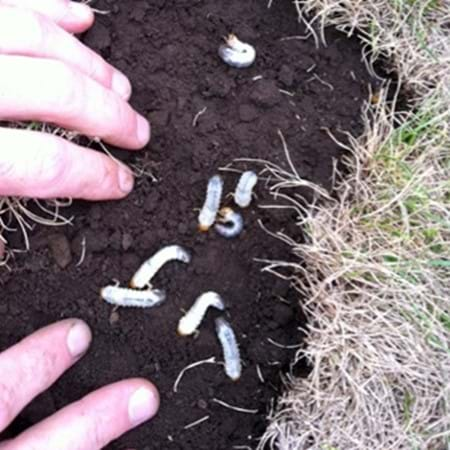
Organic Control Of Curl Grubs Eco Organic Garden

Life Cycle Of White Grubs Hotsell 51 Off Www Ingeniovirtual Com

A Bit About The Underground Grass Grub Cesar Australia
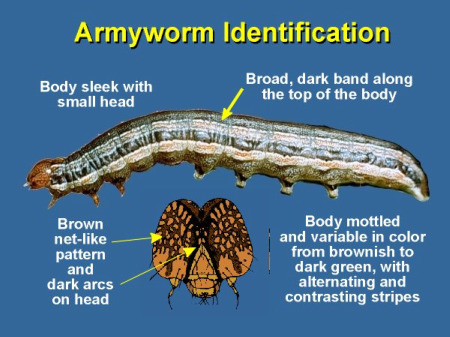
Lawn Grub Control And Prevention Coastal Turf

Lawn Grubs Learn More About Lawn Diseases And Pests And Treatments

Healthy Lawns How To Detect Lawn Grubs About The Garden Magazine
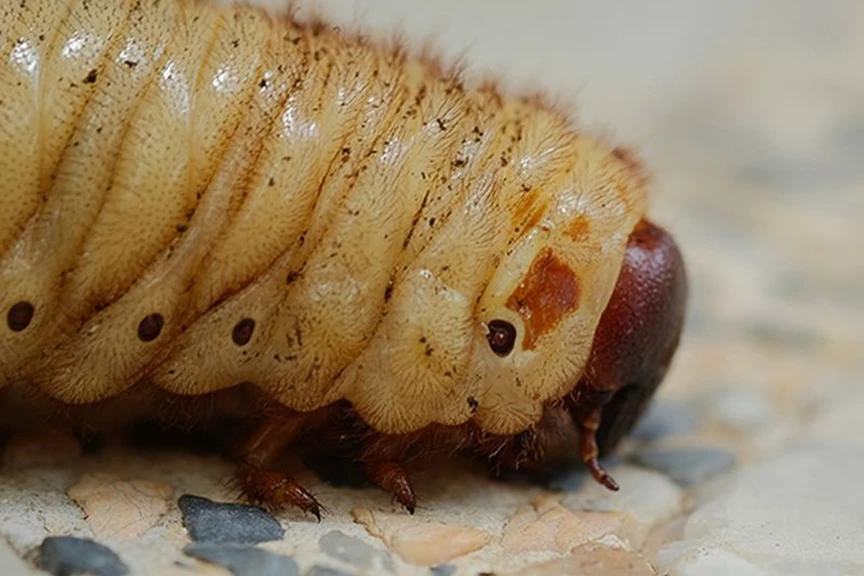
What Are Curl Grubs How To Get Rid Of Them In Your Lawn Yates Australia

White Curl Grub White Curl Grub

How To Deal With Curl Grubs Gardening Tips By Fantastic Services
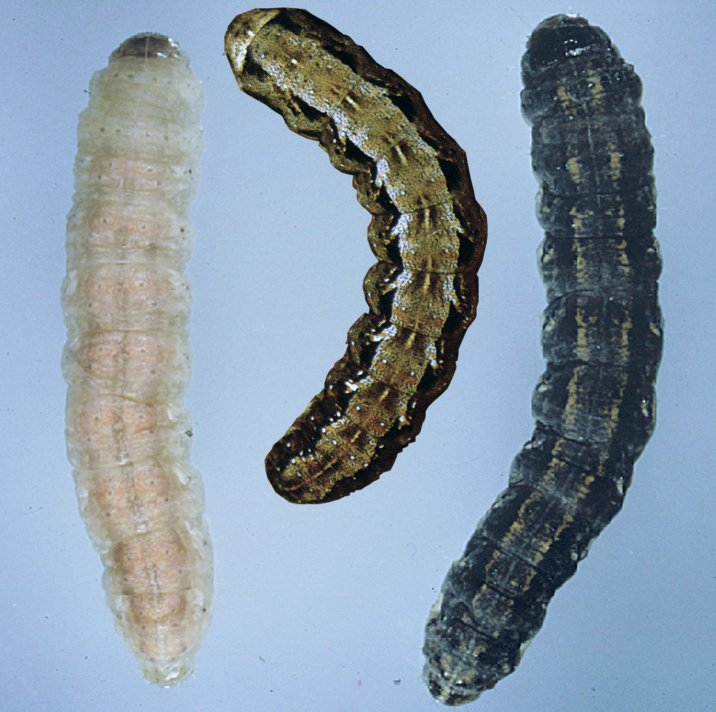
Lawn Care Agriculture And Food

Identifying Soil Beetle Pests Agriculture And Food
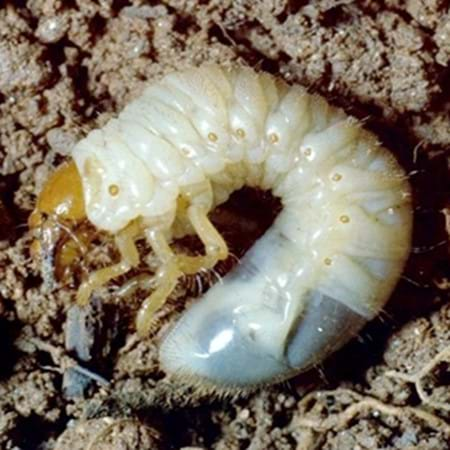
Organic Control Of Curl Grubs Eco Organic Garden
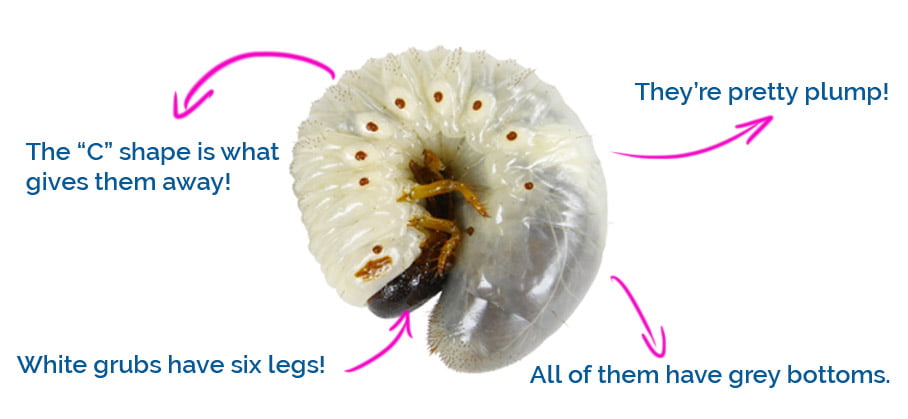
How To Deal With Curl Grubs Gardening Tips By Fantastic Services